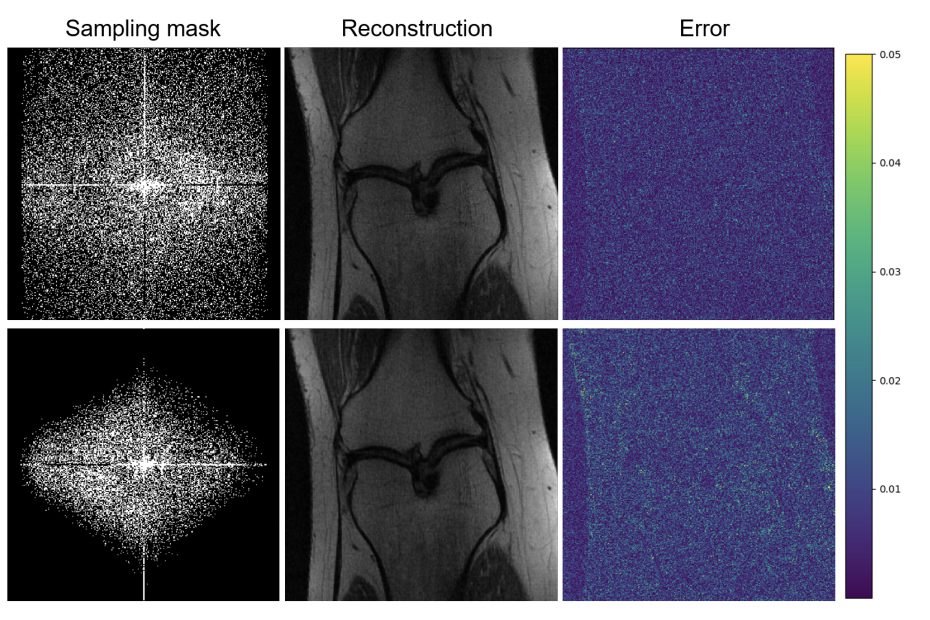For more than 25 years, ARC has been a source of technology, modeling, and simulation for the Army’s fleet of vehicles.
The post U-M’s Automotive Research Center is a ‘national strategic asset’ appeared first on Michigan Engineering News.
For more than 25 years, ARC has been a source of technology, modeling, and simulation for the Army’s fleet of vehicles.
The post U-M’s Automotive Research Center is a ‘national strategic asset’ appeared first on Michigan Engineering News.
University of Michigan engineers are working to make our electrified future more equitable and avoid the mistakes of the past.
The post Prepping for the revolution appeared first on Michigan Engineering News.
How engineers are applying their expertise for future planning.
The post A resilient campus appeared first on Michigan Engineering News.
Highlights include NPR, Popular Science and The Conversation.
The post In the news: Michigan Engineering experts May 17-21 appeared first on Michigan Engineering News.
What should a robot do when it cannot trust the model it was trained on?
The post Helping robots learn what they can and can’t do in new situations appeared first on Michigan Engineering News.

KLA sponsored prizes for three outstanding projects focused on improving image processing for neurosurgery and satellite applications and MRI reconstruction techniques.
Highlights include The Conversation, MLive and the Washington Post.
The post In the news: Michigan Engineering experts May 10-14 appeared first on Michigan Engineering News.
U-M is a member of a new $15M institute to improve physics-based modeling of advanced thrusters for human space exploration.
The post Testing advanced space engines here on Earth appeared first on Michigan Engineering News.
The property that makes fluorescent lights buzz could power a new generation of computing devices.
The post Harnessing the hum appeared first on Michigan Engineering News.

When the pandemic shut down in-person instruction, this six-member team created and delivered individual lab kits to 1,200 students around the world so hands-on lab experience could continue.